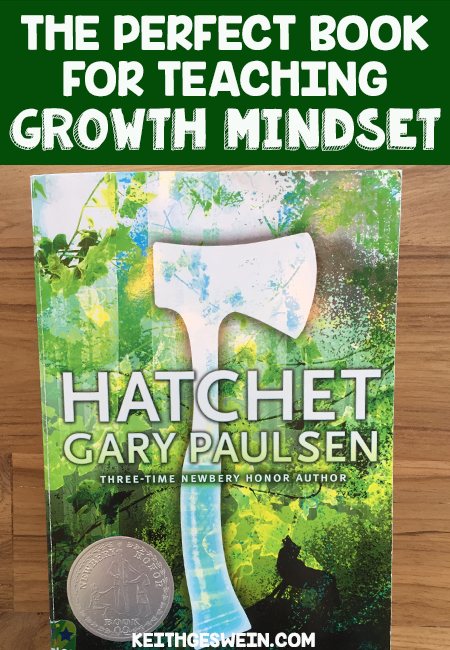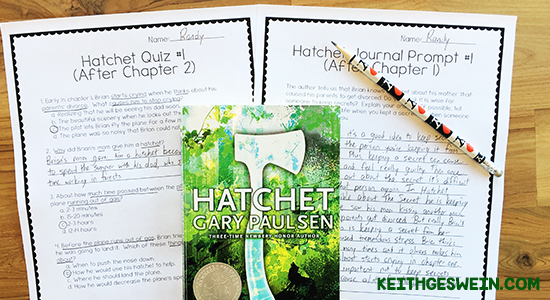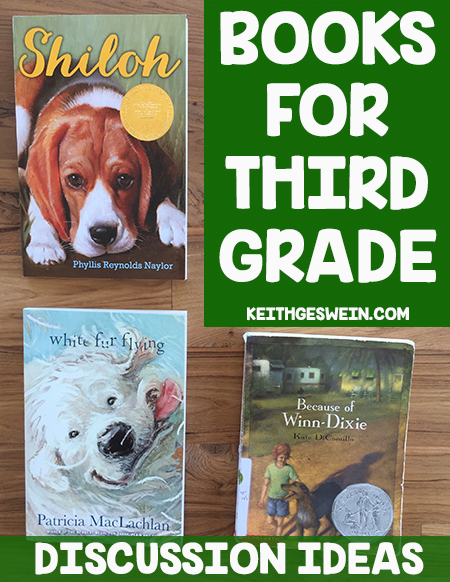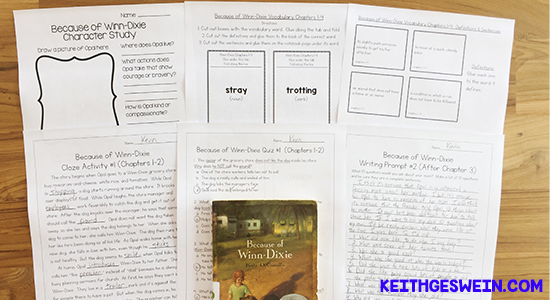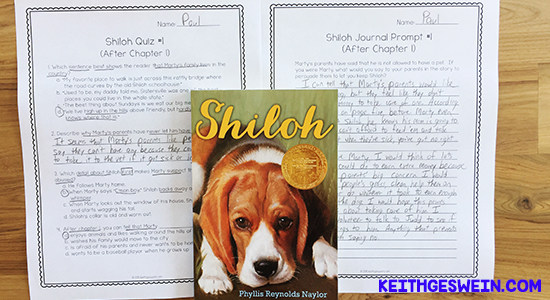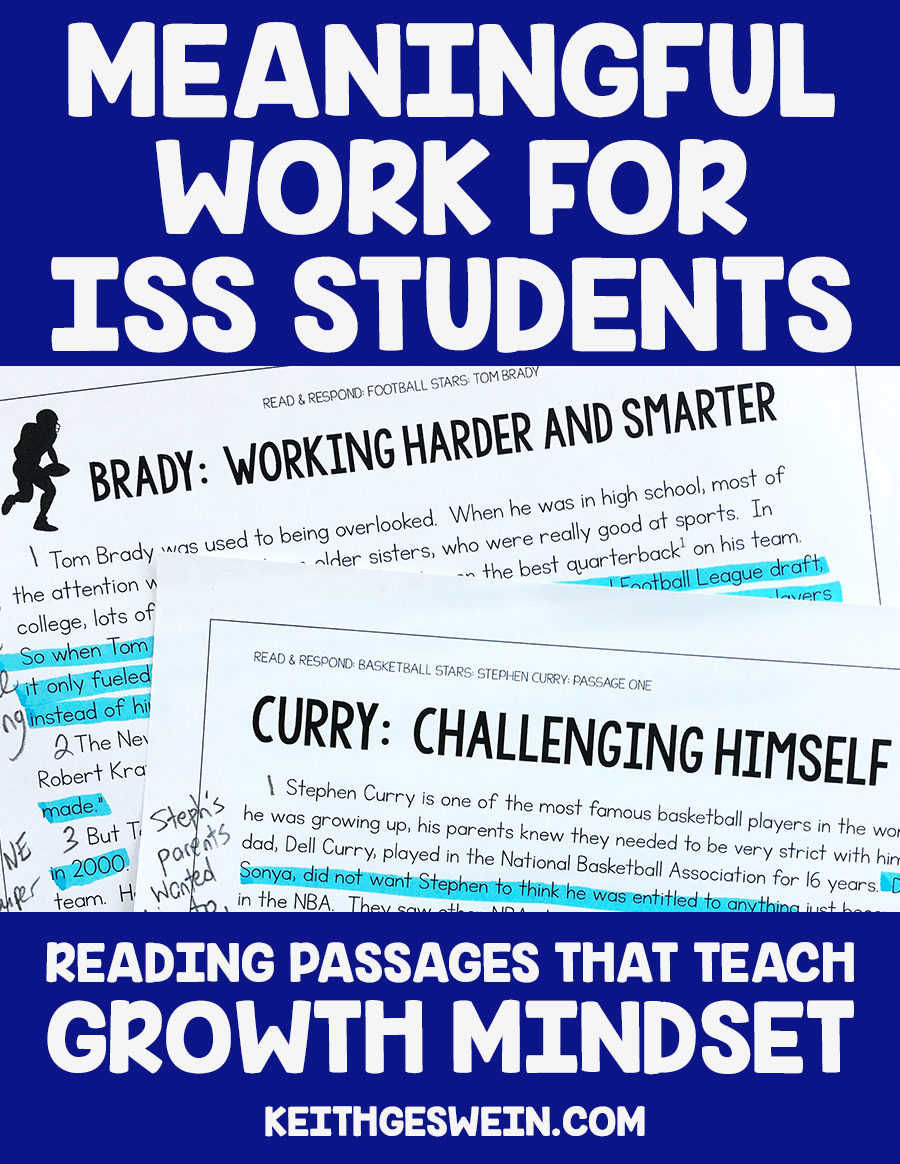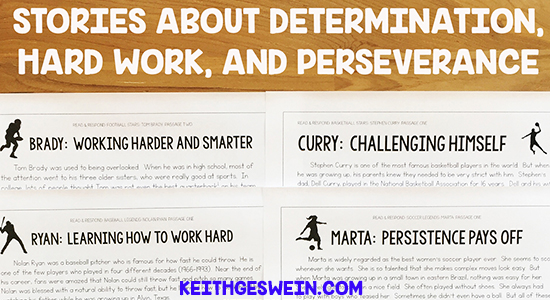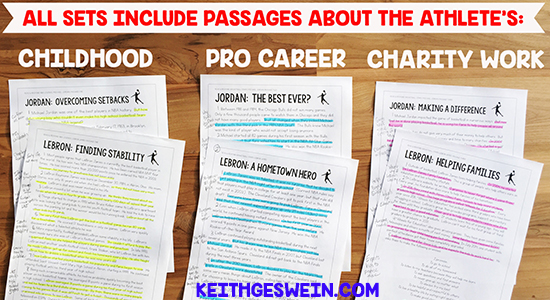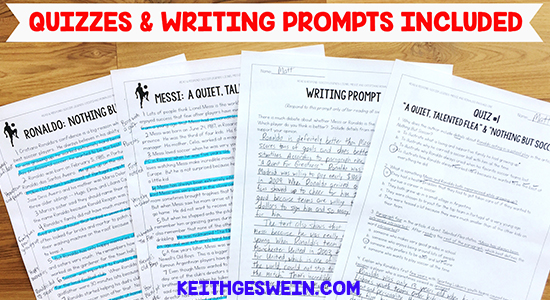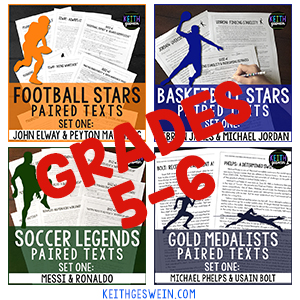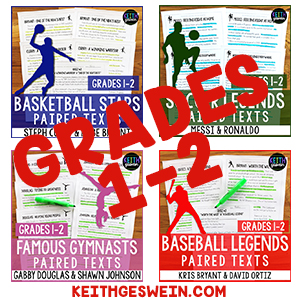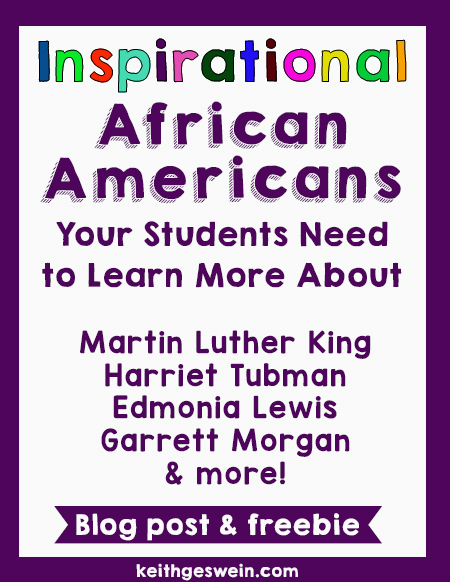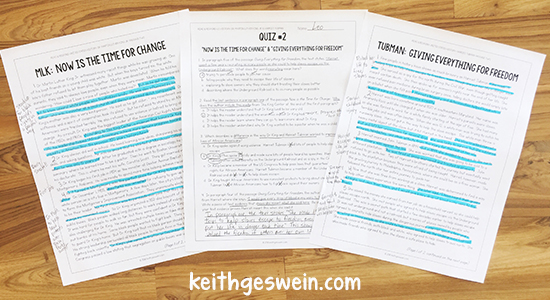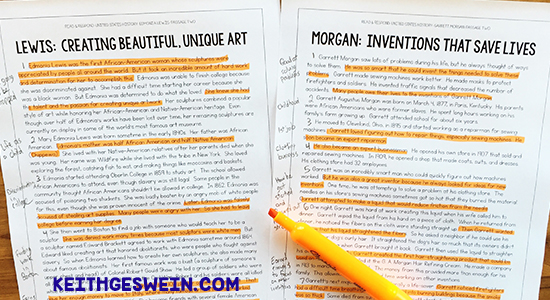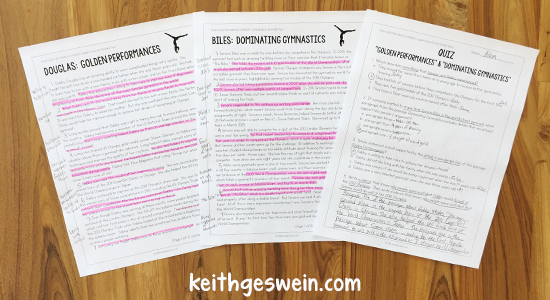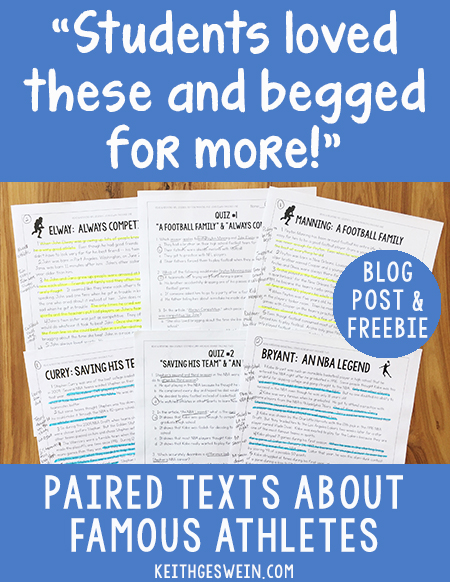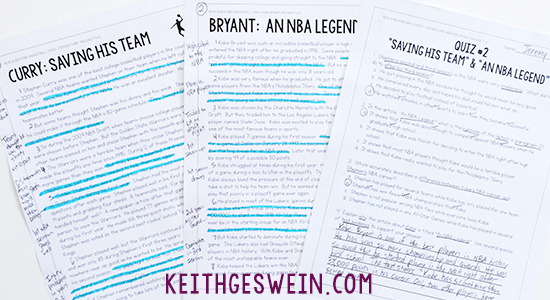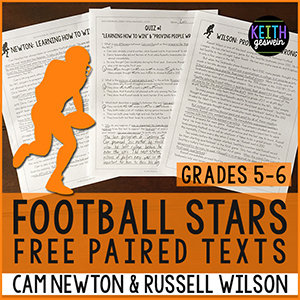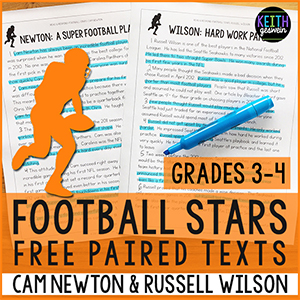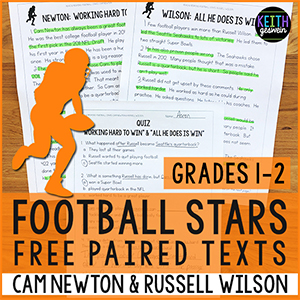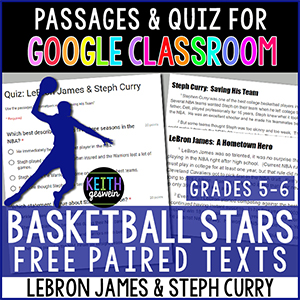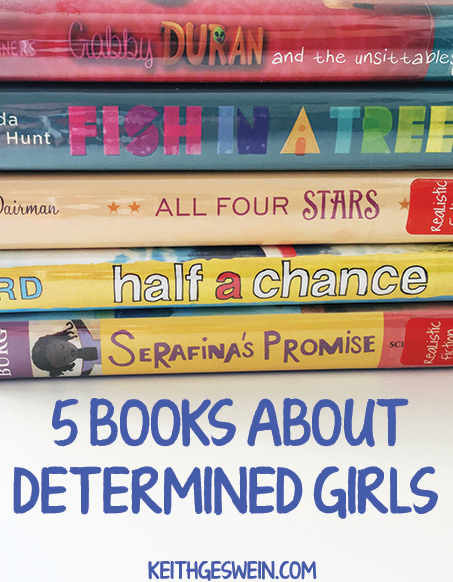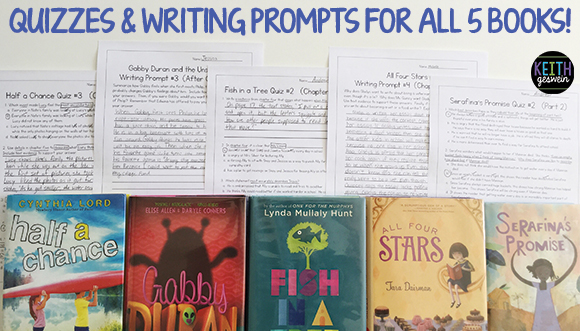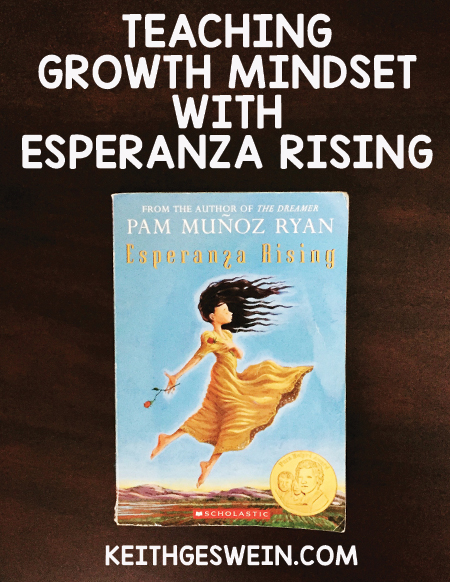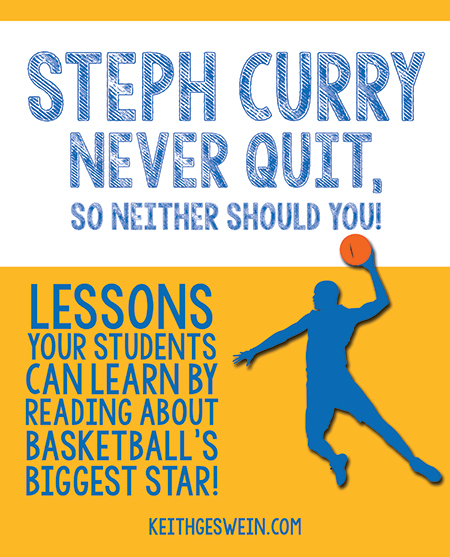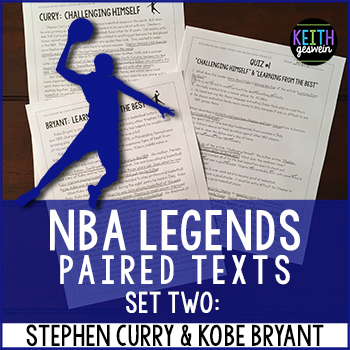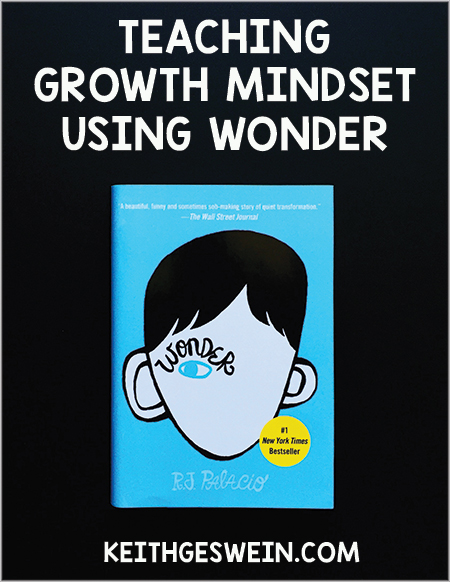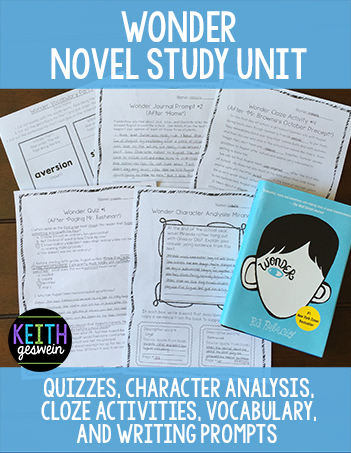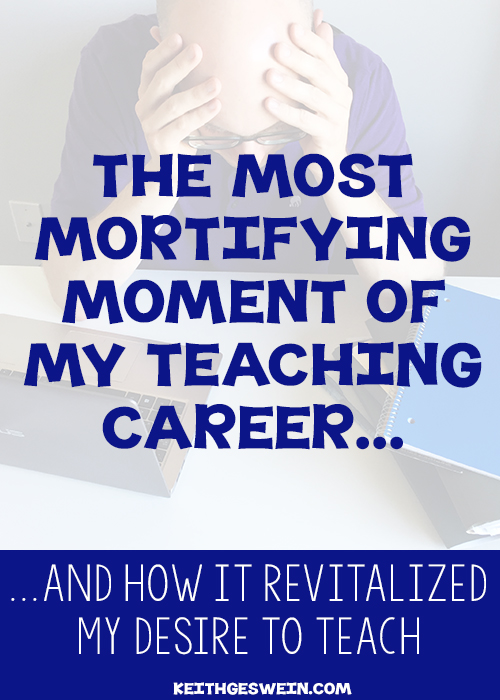
Someone who’s taught for 11 years should have everything down to a science, right?
Nope.
My 11th year of teaching might have been my worst.
I had an excellent group of 5th graders. I had a supportive team of teachers. I had zero excuses every time I looked at my class data and saw meager (at best) learning gains. In January, a veteran teacher walked into my room to pick up a student. She was in my room about 30 seconds before she said:
“These kids aren’t working for you.”
It was the most mortifying moment of my teaching career.
Teachers get lots of negative feedback. During my previous 11 years, several administrators lectured me about incorrect common boards, teaching one subject when my schedule said I should be teaching another, and not teaching the exact same thing as my teammates. I’m pretty good about letting pointless criticism roll off me.
This was different.
“These kids aren’t working for you.”
I could not let that roll off me because I knew it was 100% true.
I can’t describe how much those words stung. I felt embarrassed that another teacher saw how ineffective I was. I felt angry at her for saying this. Then I felt angry at myself for letting my students down. Finally, I felt overwhelmed because it’s not something I could fix in one day.
After my emotions settled, I realized had never thoroughly reflected on how to be a better teacher. That needed to change.
Here’s what I did.
First, I had to accept responsibility for this. I couldn’t make excuses about my students, their parents, my administrators, testing, or anything else.
Next, I had to figure out a time to think about solutions. So instead of listening to ESPN radio during my 45-minute drive home, I thought about everything that happened in my classroom that day. I’d replay the day in my mind until I could remember two things that went well and one thing that didn’t. I analyzed the good things until I thought of how it could help in the future. I also analyzed the bad so I could prevent it from happening again.
Thankfully, I had an awesome team of teachers and administrative coaches that year. I asked them for advice about how they motivate their students. There are tons of awesome Facebook groups where you can get excellent advice, but I still recommend talking to other teachers at your school.
I also wanted to observe other teachers, but there was no time for that. The best way struggling teachers can learn is by watching awesome teachers in action. I wish districts allowed more time for this to happen, but that’s impossible when every day of planning time is full of meetings.
So after a lot of reflection, I realized:
I was drowning in all the fifth-grade standards.
There were several times that year when students corrected me during math class. These students were not being rude. They were respectful, bright young kids who wanted me to know that I was working a problem incorrectly. I’m sure this caused students to lose confidence in me. I realized I needed to take staff-development courses in math during the summer or persuade my principal to let us departmentalize. Thankfully, my principal allowed us to departmentalize the next year! I got to teach science, so I spent the summer researching science standards, labs to teach those standards, and how students would be assessed on them. It took a ton of communication with my team during the summer to organize our first year of departmentalization, but it was worth it. I finally felt like I could breathe again since I could focus on one subject.
If you’re an upper-elementary teacher who feels like you’re drowning in all the standards, I highly recommend departmentalizing. You can check out my blog post here to learn why this revitalized my desire to teach.
It’s not about me.
I also realized I was too controlling. I hate when administrators micromanage me, but I realized I was doing the same to my students. I sapped all the joy out of reading class by requiring my students to use 1,352 strategies on every reading passage. If they only used 1,349 of those strategies, I’d make them do the assignment over again.
I also spent way too much time telling my students how to do everything instead of letting them discover new concepts on their own. I allowed them little time to learn from each other.
So I spent the first week of my 12th year showing my students how to work in groups. I also covered classroom rules and procedures, but I focused on teamwork. I told my students they were going to learn a lot from each other. I looked for activities where kids worked together to deepen their knowledge about a topic. I spoke to the whole class much less often.
The more I got out of the way, the more my students learned.
Allow students to learn from their mistakes.
I realized I was way too critical of small mistakes. I’m not talking about the times a student willingly disobeyed me, I’m talking about conversations like this:
ME: HOW could you confuse area and perimeter?! I told you three times during class today that area is L x W while perimeter is the sum of all the sides. THREE TIMES?! How could you get this wrong? Are you even listening?
Student: Yeah, I just forgot.
Me: Do 10 extra problems for homework and you’d better start listening in class!
Surprise…conversations like that didn’t exactly motivate my students.
Yes, it’s frustrating when students make the same mistake over and over again. However, I realized I needed to change the tone of my conversation to something like this:
Me: You keep confusing area and perimeter. Why do you think that happens?
Student: It’s hard. I can’t remember it.
Me: True, but you are responsible for remembering it. What could you do to help you remember this?
Student: I dunno.
Me: Apparently you need to spend a few more minutes thinking of a solution. Go back to your seat. I will be back in five minutes and I will listen to your plan of how you will remember the difference between area and perimeter in the future.
My students responded way better when I changed my tone during these conversations to let them know I want to help them improve, not punish them for making mistakes.
Take time to laugh.
I realized I was so focused on keeping up with the pacing guide that I rarely took time to have fun during the day. No one can be expected to work for seven straight hours. So I started making corny jokes way more often. I’d show a dumb 40-second YouTube video in the middle of class. I’d allow the kids five minutes of free time at the end of class when they worked hard. Sometimes I dumped candy on each kid’s desk while they were in the middle working on a difficult project. Other days I’d surprise the kids with a fun STEM or team-building activity when we needed a break from the standard we had been working on for the last five days. I needed these breaks as much as the students.
My 12th year of teaching was far from perfect, but it was much better than the year before. My students made awesome learning gains. I had a much better attitude about teaching every day. There was even a teacher who observed my class and said,
“Wow, your students are really engaged.”
I knew it was 100% true.

